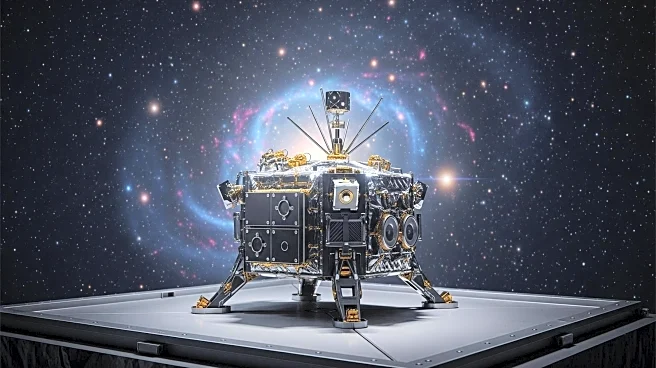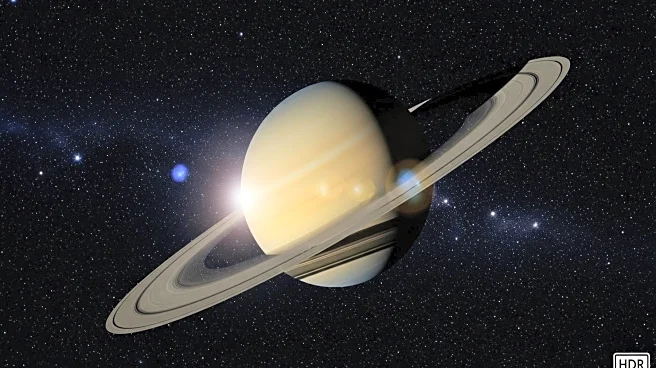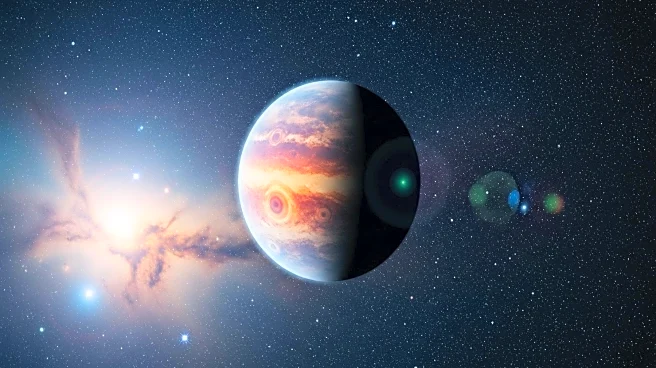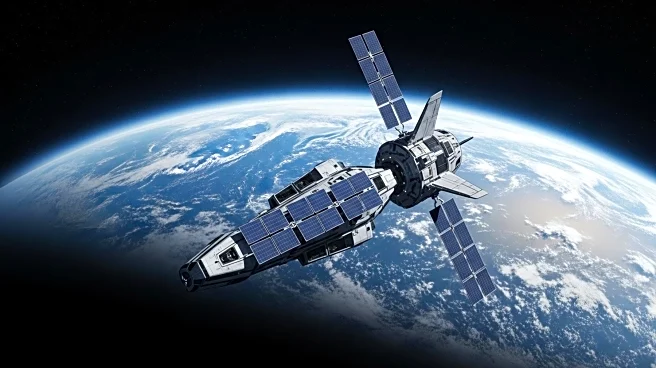What is the story about?
What's Happening?
NASA has announced that a supermoon will be visible in early October, with the moon reaching its peak illumination on October 6 at 11:47 p.m. ET. A supermoon occurs when the moon is within 90% of its closest approach to Earth, known as perigee, making it appear larger and brighter than usual. During this event, the moon will be approximately 226,000 miles away from Earth, about 25,000 miles closer than when it is at its farthest point, or apogee. This supermoon will be the first of four consecutive supermoons, occurring monthly as the moon continues its elliptical orbit around Earth.
Why It's Important?
The supermoon offers a unique opportunity for sky enthusiasts and photographers to witness the moon in its full glory without the need for telescopic equipment. The increased size and brightness of the moon during this period make it an ideal time for capturing stunning lunar photographs. Additionally, the event coincides with the harvest moon, a term used to describe the full moon closest to the autumn equinox, adding cultural significance to the astronomical event.
What's Next?
Following the October supermoon, three more consecutive supermoons are expected, providing additional opportunities for observation and photography. The moon will remain mostly full from October 4 through October 9, allowing for extended viewing periods. Weather permitting, observers can enjoy the spectacle without any specialized equipment, although cloud cover may obscure views.
Beyond the Headlines
The supermoon phenomenon highlights the dynamic nature of celestial events and their impact on cultural traditions, such as the naming of the harvest moon. It also underscores the importance of public engagement with astronomy, encouraging people to explore and appreciate the natural world beyond Earth.
AI Generated Content
Do you find this article useful?














